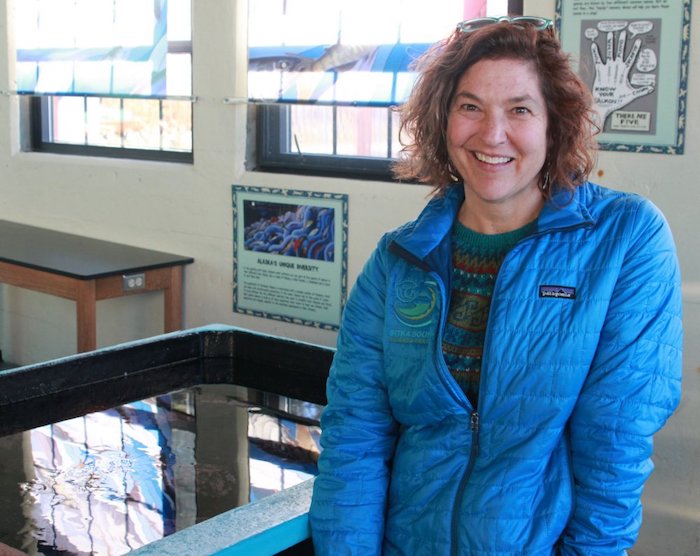Introduction
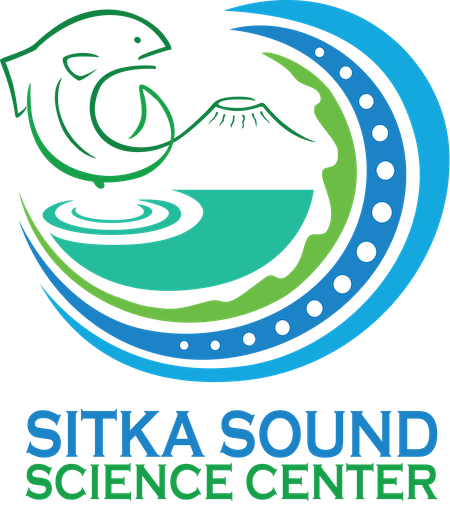
Sitka Sound Science Center (SSSC), located in Sitka, Alaska, is a non-profit organization dedicated to increasing understanding and awareness of terrestrial and aquatic ecosystems of Alaska through education and research. Since its inception in 2007, SSSC has developed strong community, state, and national partnerships and created significant educational and research opportunities.
As a biological field station, connected to both the Organization for Biological Field Stations and the National Association of Marine Laboratories, SSSCs collaborative research includes work on salmon, marine mammal/commercial fisheries interactions, ocean acidification, geophysical studies, landslides, bioacoustics, abalone, and kelp. SSSC research collaborators include the RAND Corporation; Alaska Department of Fish and Game; National Park Service; U.S. Forest Service; University of California Santa Cruz; University of San Francisco; University of California Irvine; University of Alaska Fairbanks; U.S. Geologic Survey; University of Alaska Southeast; and Moss Landing Marine Lab. SSSC is funded by a variety of sources including the National Science Foundation (NSF), National Oceanic and Atmospheric Administration (NOAA), U.S. Geologic Survey, the State of Alaska, U.S. Department of Agriculture, private foundations, individual memberships, and corporate sponsorships. Additional support to the Science Center includes, memberships, research contracts, rentals, hatchery contracts, admissions during the visitor season, and retail operations.
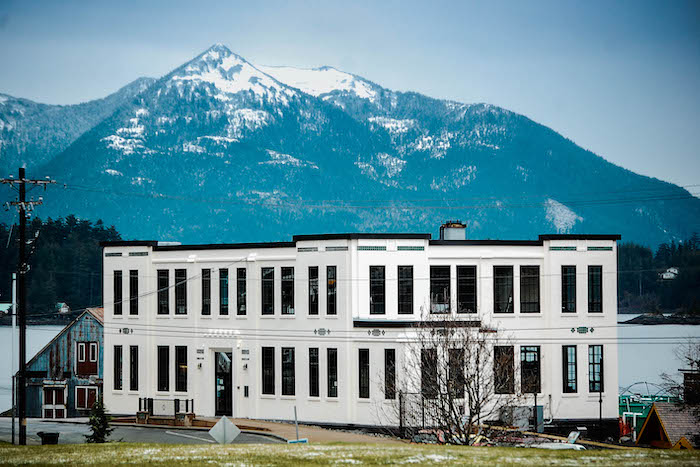
The Science Center operates the Molly O. Ahlgren Aquarium and the Sheldon Jackson Salmon Hatchery, both of which are used as educational tools for K-12 and university level students, as well as the 18,000 visitors who come annually to the facility from cruise ships. SSSC has a formal partnership with the University of Alaska Southeast Fisheries Technology Program which utilizes the hatchery to train students in aquaculture and fisheries management. SSSC facilitates field courses for several colleges outside of Alaska including Stanford, University of Exeter, John Hopkins, Williams College, University of California Santa Cruz, and the University of San Francisco.
SSSC staff includes 19 year-round, full time employees and 15 additional seasonal employees during the summer. The seasonal staff lead guided interpretive tours, work in the summer camps, and conduct field work.
SSSC and its partners across the community contribute to the culture of science that encourages science engagement among Sitka's students and the general population. The success of Sitka Sound Science Center is due in large part to the community's enthusiasm for scientific research and education.
Research Highlights
Research at the Sitka Sound Science Center is generally done in collaboration with other agencies and entities. SSSC values locally-relevant research that impacts the residents of Sitka and Southeast Alaska as a region. SSSC actively promotes researchers conducting research that is important to the community. While the non-profit attracts researchers, it also provides critical local support and guidance in how to operate in rural Alaska, requiring all scientists who utilize the facility to receive science communication training from SSSC staff and then facilitating community engagement activities. Some of the high-profile research projects currently underway at SSSC include:
Landslide Studies
In response to a deadly landslide in 2015, the RAND Corporation, a nonprofit research organization whose purpose includes developing solutions to make communities safer and more secure, is working with Sitka Sound Science Center, the University of Oregon, the University of Southern California, Sitka Tribe of Alaska, and the Alaska State Division of Geological and Geophysical Surveys in the development of a landslide warning system (LWS). In collaboration with the U.S. Geological Survey, U.S. Forest Service, National Weather Service, and National Oceanic and Atmospheric Administration, this three-year long project aims to develop a new geoscience sensor network and create communication channels to disseminate landslide risk in Sitka, Alaska.
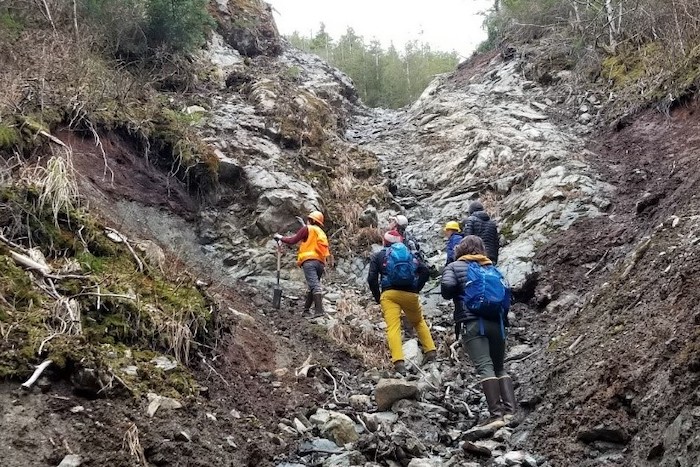
Funded by the National Science Foundation (NSF) Smart and Connected Communities (S&CC) flagship program, this interdisciplinary LWS research has three major components: geoscience, social science, and risk management. We see information science at its most innovative here, collecting data from historical records and imagery, hydrologic sensors, and social networks; organizing it into useful information; and helping community members improve their safety, security, and overall quality of life.
Ocean Change Studies
Because Alaska is experiencing faster rates of climate warming than anywhere else in the U.S., and because the Gulf of Alaska has a high rate of ocean acidification, Sitka is an important place to study the effects of ocean warming and acidification. Sitka has one of the highest rates of ocean acidification in Alaska.
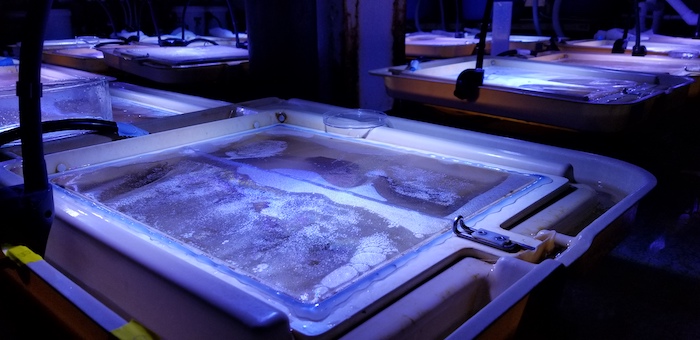
Headed by Dr. Kristy Kroeker at University of California Santa Cruz, one study is looking at the effects of warming temperatures and changing ocean chemistry on herring, abalone, kelp, and other intertidal invertebrates. Kroeker's research requires diving in kelp forests and her lab has set up a mesoclime in the SSSC wet lab. (Editor's note: a mesoclime models characteristics of a relatively small region.)
Another team of researchers is simulating conditions that might be found in tide pools in the year 2100 to analyze the effects of stressors on the local fauna and flora. By raising water temperatures and increasing the input of CO2, scientists will be able to assess and predict how tide pool communities will react to our warming world. Previous studies have looked at only one species or just manipulated one factor of climate change. This NSF-funded project is unique in that it measures the effects of multiple stressors at once. The University of California Irvine (Dr. Matthew Bracken, Dr. Cascade Sorte), San Diego State University (Dr. Luke Miller), and the University of California Santa Cruz (Dr. Kristy Kroeker) are joining forces to explore the consequences of warming waters and ocean acidification on local coastal communities.
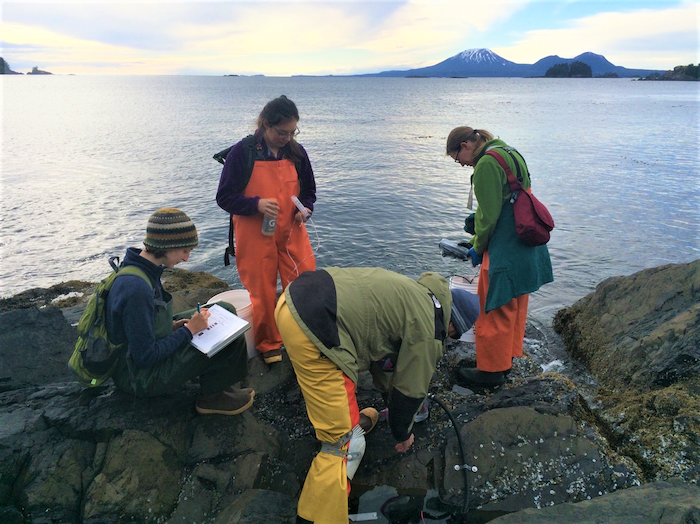
Every month, biodiversity surveys are conducted and water samples are collected to monitor any changes that may be occurring with the increased water temperature and decreased pH.
Hatchery Wild Chum Interaction Project
Because of the value of hatchery production to industry's harvest, and the mandate that hatchery production be compatible with sustainable productivity of wild stocks, the Alaska Department of Fish and Game (ADF&G) and private hatchery operators have recognized the need for a research program addressing concerns about straying salmon, and genetic and ecological interactions between hatchery and wild fish. ADF&G organized a science panel composed of current and retired scientists from ADF&G, University of Alaska, aquaculture associations, and National Marine Fisheries Service. Panel members have broad experience in salmon enhancement, management, and wild and hatchery interactions. The Sitka Sound Science Center, in partnership with Prince William Sound Science Center, is part of a $4.5 million, five-year study on interactions between hatchery fish and wild salmon in streams around southeast and Prince William Sound.
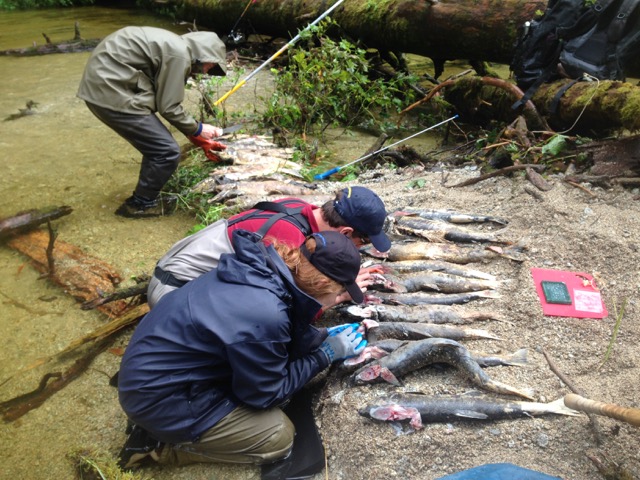
For more information visit the Sitka Sound Science Center website or contact Executive Director, Lisa Busch by email (lbusch [at] sitkascience.org) or phone: 907-747-8878.
